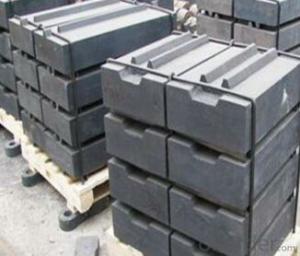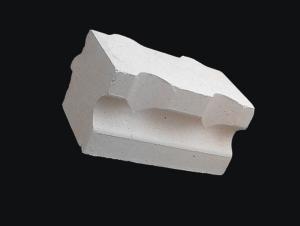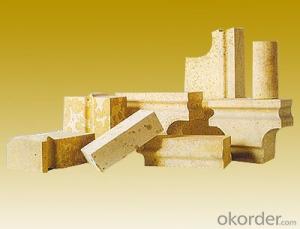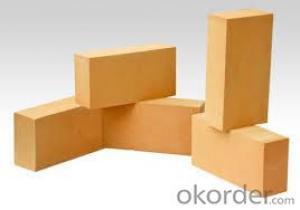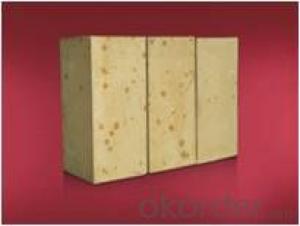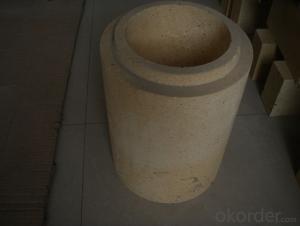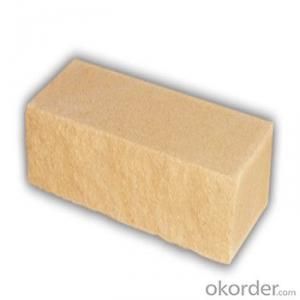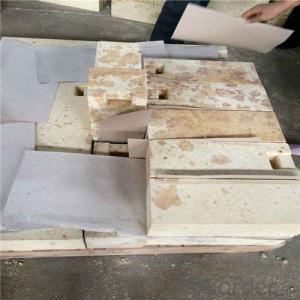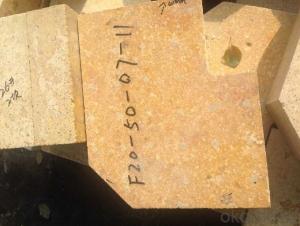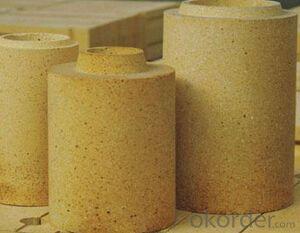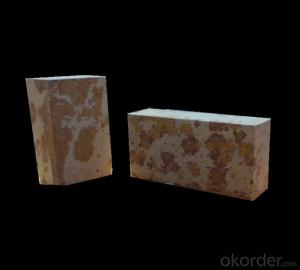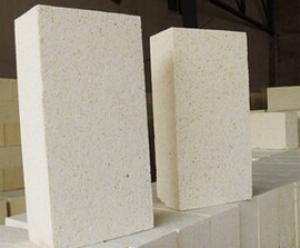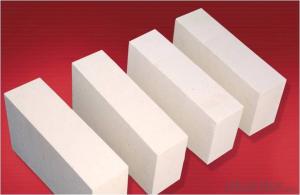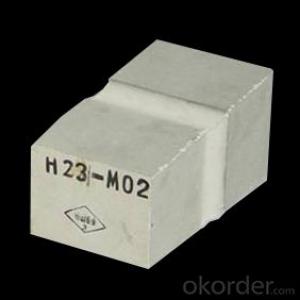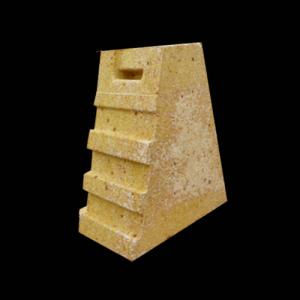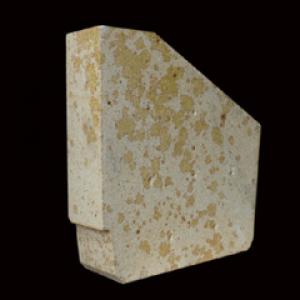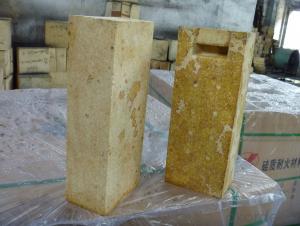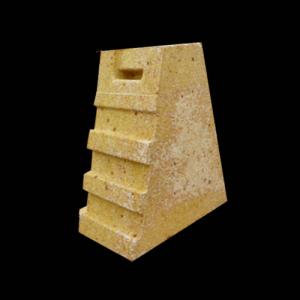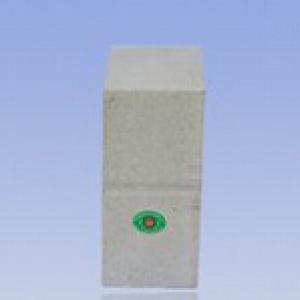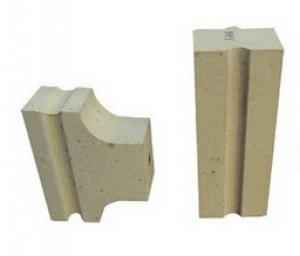Silica Insulation Bricks Coal Ash AAC Block Plant
- Loading Port:
- China Main Port
- Payment Terms:
- TT OR LC
- Min Order Qty:
- -
- Supply Capability:
- -
OKorder Service Pledge
OKorder Financial Service
You Might Also Like
Equipment list:
The equipment will be divided into two parts: specialized equipment and universal equipment.
Specialized equipment includes:
1. Cutting equipment: tilting crane, cutting machine.
2.Automatic Proportioning equipment: electronic measuring scale, slurry beating machine, slurry storage tank, slurry mixer.
3. Pouring and autoclave related equipment: aluminum powder mixer, pouring & mixing machine, moulds, side plates, steaming cart, carrier car.
4.Conveying equipment: semi-product sling, end product sling. ferry car
Universal equipment includes:
1.Pressure vessel equipment: boiler, autoclave.
2. Crushing & milling equipment: jaw crusher, ball mill
3. Transportation equipment: bucket elevator, feeder machine, belt conveyor, slurry pump, screw conveyor, semi-product crane, grouping crane, finished product crane, rail, dragger.
4. Environmental protection equipment: dust remover for jaw crusher, ball mill, storage bin
5. Lab equipment
AAC blocks advantages:
l AAC’s improved thermal efficiency reduces the heating and cooling load in buildings.
l AAC’s workability allows accurate cutting, which minimizes the generation of solid waste during use.
l AAC’s resource efficiency gives it lower environmental impact in all phases of its life cycle, from processing of raw materials to the disposal of AAC waste.
l AAC’s light weight also saves cost & energy in transportation.
l AAC's light weight saves labour.
l AAC's bigger size leads to faster masonry work.
l AAC's light weight increases chances of survival during seismic activity.
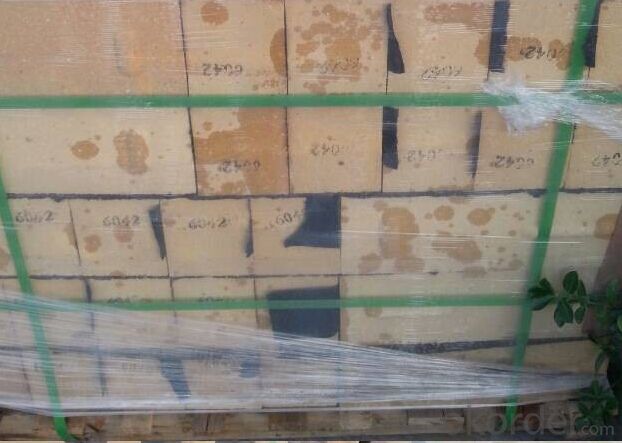
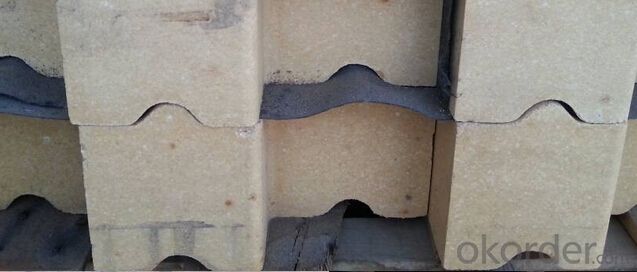
- Q: The introduction of silica brick
- Acidic silica brick refractory material, has good acid resistance and slag erosion, softening temperature is as high as 1640 to 1670 DEG C, in the long-term use volume is relatively stable under high temperature.
- Q: The hot blast stove when the temperature did not rise against the brick interface decreased
- How to keep the brick masonry temperature not lower than 600 DEG C, while the exhaust temperature is not higher than 400 DEG C.
- Q: Why is the new trend of the high thermal conductivity of silica brick
- The high thermal conductivity of silica brick all inherits the advantages of traditional coke oven silica brick, on the basis of further highlight the characteristics of high thermal conductivity.
- Q: Semisilica brick, clay brick, high alumina brick and what is the difference?
- This is a kind of refractory material is divided into three types: semisilica brick (A12O315 ~ 30%), clay brick (A12O330 ~ 48%), high aluminum brick (A12O3>48%).
- Q: How to judge the quality of brick, clay brick, high alumina brick furnace from the appearance?
- Mainly depends on the color and density of brick. Another black clay brick and brick with iron oxide formation and how much the size of bricks
- Q: Common bond brick?
- When adding ingredients, the amount of lime added shall be converted to CaO, and the amount of addition varies depending on the product, usually fluctuating at 1.5~2.5%. For example, the production of coke oven silica brick, the dosage of CaO is 2.0~3.0%; the production of electric furnace top brick, the dosage of CaO is 1.4~1.75%.
- Q: What are the main constituents of refractory bricks?
- (a) containing refractory brick brick, refers to more than SiO293%, is the main varieties of acid resistant brick. It is mainly used for coke oven building, also used in furnaces all kinds of glass, ceramic and carbon calciner, refractory brick arches and other load-bearing parts, is also used in high temperature bearing part of hot blast stove, but should not be used in thermal equipment below 600 DEG C and the temperature fluctuation in the.
- Q: The difference between clay refractory bricks and refractory brick in the application.
- Clay brick features good thermal shock resistance and low price, but high temperature performance is not well integrated, and the long-term use temperature is not higher than 1300 degrees. It is widely used in low temperature parts of various kilns.
- Q: High temperature refractory material?
- Many kinds of refractory materials, usually by refractoriness level is divided into ordinary refractory materials (1580 to 1770 DEG C), advanced refractories (1770 to 2000 DEG C) and special refractories (more than 2000 DEG C); according to the chemical characteristics into acid refractory material, refractory materials and basic refractory materials. In addition, the refractory material used for special occasions.Now the definition of refractory materials, has not only depends on whether the refractoriness at 1580 DEG. Refers to the current refractories used in metallurgy, petrochemical, cement, ceramics and other production equipment with inorganic non-metallic materials.
- Q: Such purpose and scope please give me detailed points thank you
- Mainly used for coke oven carbonization chamber and the combustion chamber wall, open hearth furnace regenerator and a sediment chamber, soaking furnace, glass furnace, refractory materials and ceramic brick kiln, kiln vault and other load-bearing parts. Also used for high temperature bearing part of hot blast stove and acid open hearth furnace.
Send your message to us
Silica Insulation Bricks Coal Ash AAC Block Plant
- Loading Port:
- China Main Port
- Payment Terms:
- TT OR LC
- Min Order Qty:
- -
- Supply Capability:
- -
OKorder Service Pledge
OKorder Financial Service
Similar products
Hot products
Hot Searches
Related keywords
